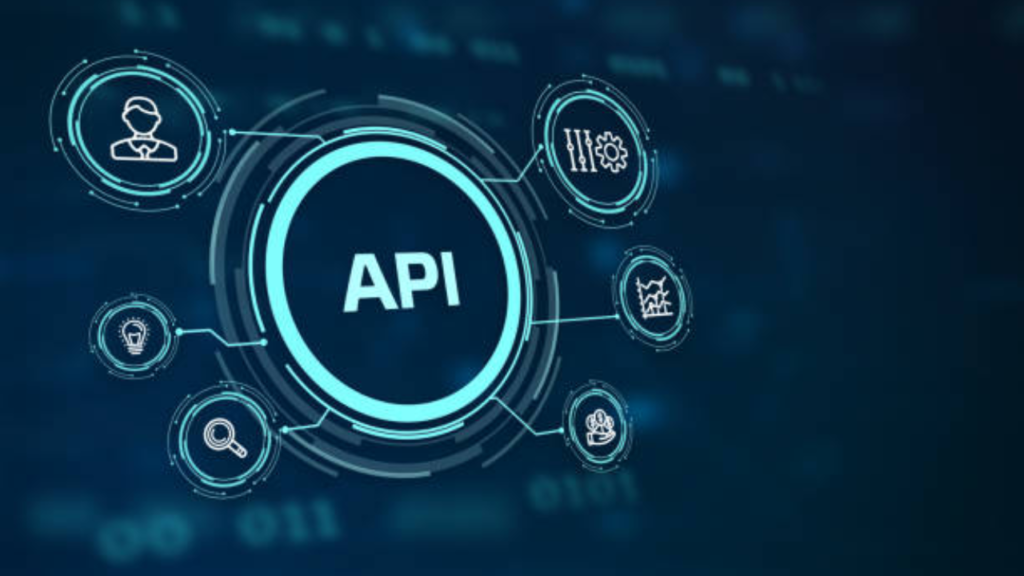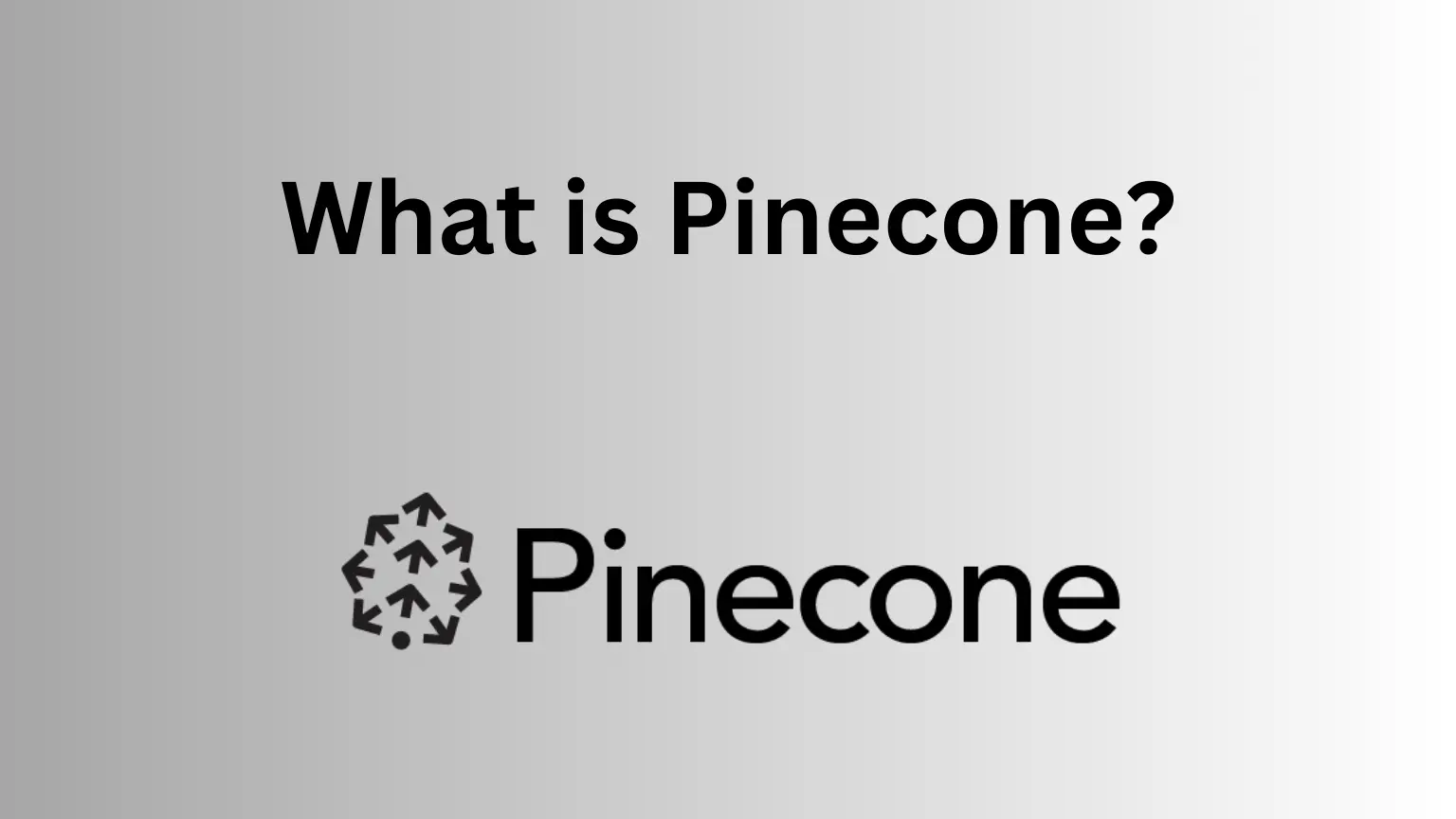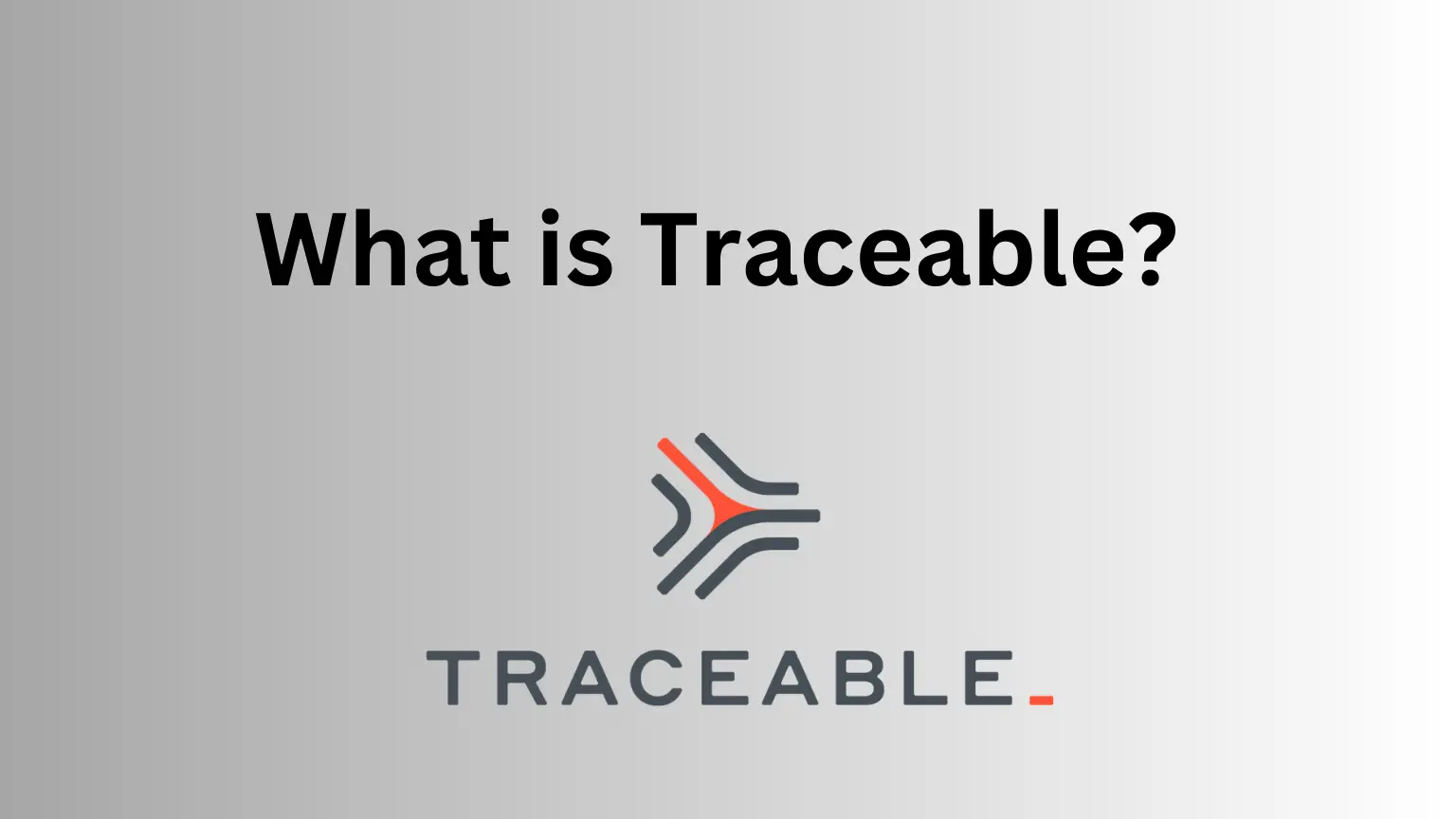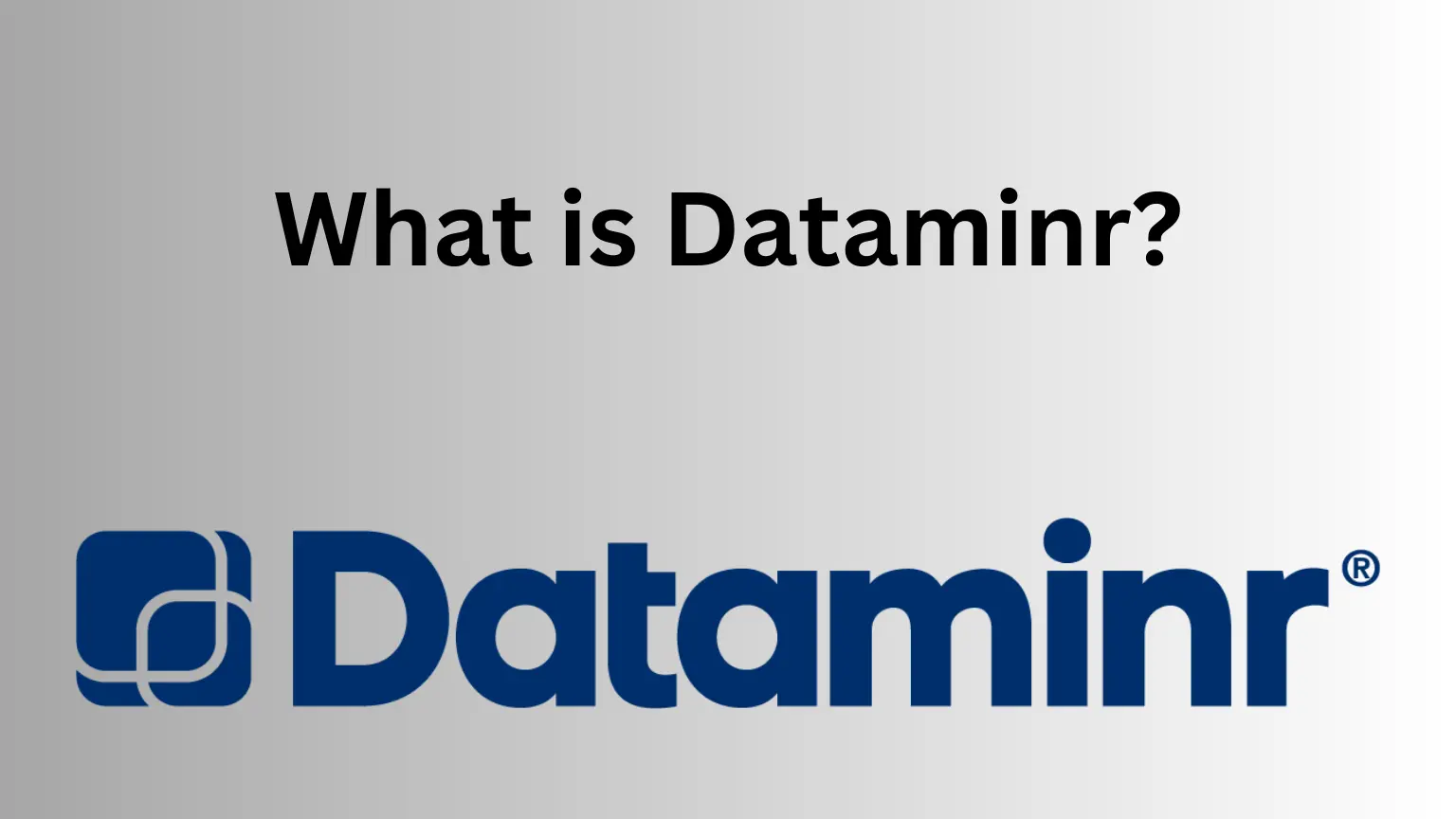In the ever-evolving world of technology, staying informed about the tools and techniques available is essential for developers and businesses alike. Two fundamental elements of modern software development are APIs (Application Programming Interfaces) and Webhooks.
They are the silent heroes behind data exchange, powering countless applications and services. In this article, we’ll delve into the world of Webhooks vs APIs, comparing them, exploring their similarities, and discussing when and why you might prefer one over the other. Let’s embark on this journey of discovery.
DevOps vs Site Reliability Engineer: Understanding the Differences
What Is APIs?
APIs, or Application Programming Interfaces, serve as intermediaries between different software systems. They define the rules and protocols for how these systems should interact. APIs enable developers to access the functionalities and data of other applications, making them a cornerstone of modern software development.

Examples of APIs (Application Programming Interfaces):
1: Social Media APIs:
Twitter API: Developers can use the Twitter API to integrate tweets, user profiles, and engagement metrics into their applications. This enables features like embedding tweets, scheduling posts, or analyzing trends.
2: Facebook Graph API:
This API allows developers to access and interact with Facebook’s social graph, enabling features such as sharing content, fetching user data, and posting updates.
3: Payment Gateway APIs:
PayPal API: PayPal provides APIs for processing payments, managing transactions, and handling refunds. E-commerce platforms and businesses use these APIs to facilitate online payments securely.
4: Stripe API:
Stripe’s API is popular for its ease of integration. It enables businesses to accept payments, set up subscription services, and manage customer information.
5: Maps and Location APIs:
Google Maps API: Developers can embed interactive maps into websites or mobile apps using the Google Maps API. It offers features like geolocation, route planning, and place search.
What Are Webhooks?
Webhooks, on the other hand, offer a different mechanism for data exchange. They allow real-time communication between applications by sending HTTP POST requests with data payloads to predefined URLs when specific events occur. In essence, Webhooks are a way for applications to notify each other about events.
Examples of Webhooks:
1: Chat Applications:
Slack Webhooks: Slack allows developers to set up Webhooks for receiving notifications about new messages, mentions, or other events in channels. This facilitates real-time integration with other applications and services.
2: E-commerce Platforms:
Shopify Webhooks: Shopify offers Webhooks to notify online store owners about various events, such as order creation, product updates, or inventory changes. This enables efficient inventory management and order fulfillment.
Stages of Software Development: A Comprehensive Guide
3: Content Management Systems (CMS):
WordPress Webhooks: WordPress plugins can use Webhooks to trigger actions, such as publishing new blog posts or updating content, in response to specific events.
4: IoT Devices:
Smart Home Devices: IoT devices often use Webhooks to communicate with each other or with cloud services. For example, a smart doorbell may trigger a Webhook to notify a homeowner when someone is at the door.
5: Version Control Systems:
GitHub Webhooks: Developers use GitHub Webhooks to receive real-time updates about events like code commits, pull requests, or issues. This streamlines collaboration and automation in software development.
Webhooks Vs APIs – Some Similarities
1. Data Exchange
Both Webhooks and APIs facilitate data exchange. APIs offer structured endpoints for fetching or manipulating data, while Webhooks push data to specified endpoints when events happen.
2. Automation
Both mechanisms enable automation. APIs allow you to programmatically retrieve or update information, while Webhooks automate the notification of events, reducing the need for constant polling.
3. Scalability
Webhooks and APIs both scale with your application. As your application grows, you can expand your use of APIs or add more Webhooks as necessary.
When To Use Webhooks?
Webhooks shine in scenarios where real-time updates are crucial. For example:
Chat Applications: Instant message delivery relies on Webhooks to notify recipients.
E-commerce: Updates on order status or stock availability benefit from Webhooks to keep customers informed.
IoT (Internet of Things): Webhooks ensure immediate responses to sensor-triggered events.
When To Use APIs?
APIs are ideal for scenarios where controlled data access and more extensive interactions are required. Consider these situations:
Social Media Integration: APIs offer full access to social media platforms for posting, fetching data, and engaging with users.
Payment Processing: APIs handle complex transactions securely, enabling seamless online purchases.
Data Analytics: APIs provide structured access to data for in-depth analysis.
Webhooks Vs APIs – What About The Future?
The future holds promise for both Webhooks and APIs. Webhooks will continue to play a crucial role in real-time communication, especially in IoT, instant messaging, and event-driven applications. APIs will evolve to become more efficient, secure, and user-friendly, accommodating the growing demand for data integration.
Final Thoughts
In the grand tapestry of software development, APIs and Webhooks are threads of connectivity that bind applications, services, and data together. Choosing between them depends on your specific needs and use cases. Embrace the power of APIs when you require structured data access and interaction, and leverage Webhooks for instant event notifications and real-time updates. Both are indispensable tools in the modern developer’s toolkit, ensuring the seamless flow of data in an interconnected world.
So, as you embark on your next development journey, remember that APIs and Webhooks are your allies, ready to bridge the gaps and create connections that bring your projects to life.

















